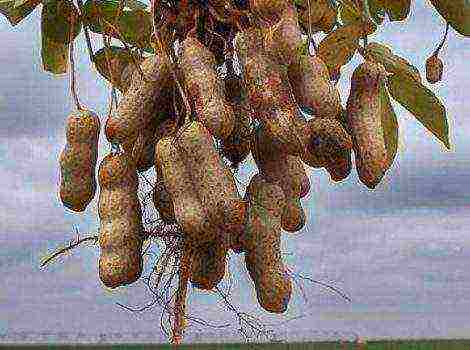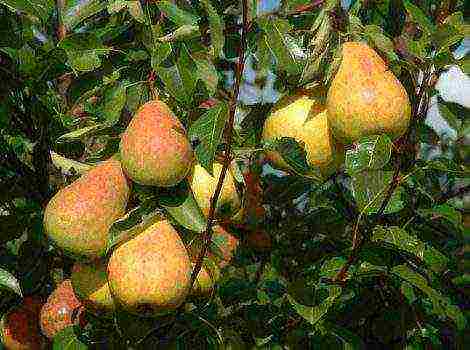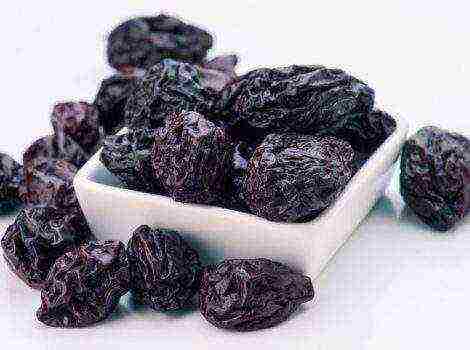Content [show]
Correct pruning of apricots in spring, summer and autumn (diagram)
The apricot is a tree that retains all its ovaries, and in order for it to be beautiful and bring a stable harvest, the grower should do annual pruning.
Carrying out such work, you can make a lot of mistakes, therefore it is very important to know the correct algorithm of actions and approach this procedure as seriously as possible.
Why do apricots need pruning?
Given the individual characteristics of an apricot, we can say that an apricot needs pruning for the following reasons:
- So that the crown of the apricot is neat and it needs to be beautifully formed on its own, otherwise the branches will grow strongly.
- If the apricot is not trimmed, then initially it will bear strong fruit, while the crown becomes very thick and powerful. But after a certain amount of time, the inner branches go bald and age very quickly, begin to break and fall off.
- Fruiting buds are laid in smaller quantities.and the remaining fruit gets smaller.
- Also, if you do not regulate the amount of future harvest in the first years of the tree's life, branches will begin to break under the weight of the fruit.
- The growth of new shoots stops.
With regular pruning of apricot crown acquires the correct shape, and for many years it will be possible to get a large, juicy and annual harvest. Also, the life of the tree becomes much longer.
In what season can you prune - spring, summer or fall?
Apricot needs complex pruning, which is why such the procedure is carried out in spring, autumn and summer.
From the first year of life in early spring, the tree needs to properly form the crown... This work helps to normalize the number of fruits and significantly improves their quality.
In the autumn, they carry out sanitary pruning., which will help prepare the apricot for winter and make it healthy. During this procedure, all diseased, dry and damaged branches are removed.
In summer, the tree is rejuvenated, thereby increasing the number of young growths. This procedure is carried out once every 3 years.
In order to get a bountiful harvest of delicious apricots every year, you need to take care of the tree and follow all the rules.
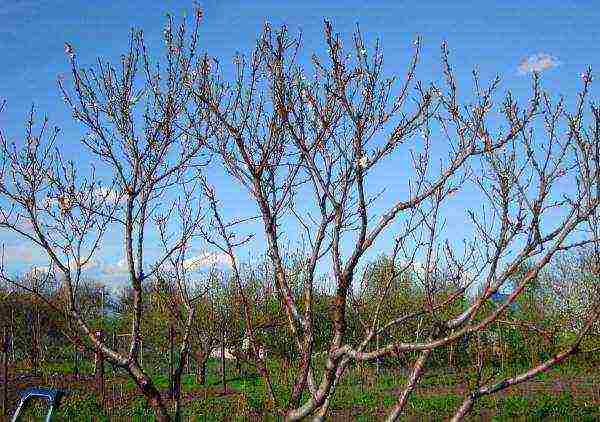
How to carry out the procedure correctly
In order not to harm the apricot, but, on the contrary, to help, pruning must be done according to special rules... They will help you avoid mistakes and carry out the work as efficiently as possible.
Timing for crown formation and rejuvenation of an old tree
All work should be carried out during a period of low activity of the tree, until active sap flow begins, an exception is summer rejuvenating pruning.
Instrument preparation
To carry out the work you may need:
- secateurs;
- hacksaw;
- lopper;
- garden knife.
Before using all instruments must be disinfected in a special liquid... This procedure will help prevent the spread of diseases and pests.
Also, so that the tree does not suffer, all blades must be well sharpened.
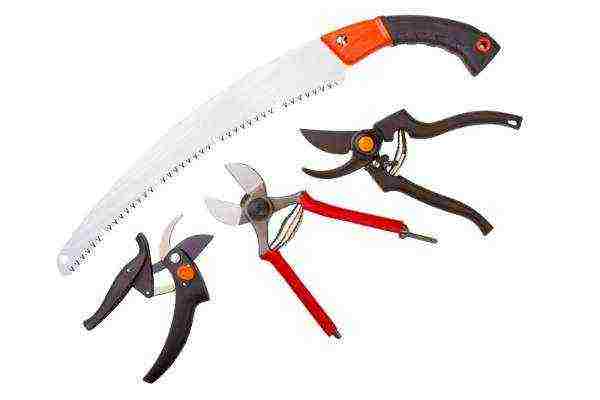
Scheme and technology
Experienced gardeners recommend to form the crown of an apricot with a discharged-tiered method... In this case, 5-7 main branches of the first row are taken out at a distance of 40 centimeters.
The pattern will change depending on the tree's life year.
For the formation of the correct crown, it is very important not to delay the pruning, they begin to carry out these works from the first year of the tree's life.
First year
If any branches are missing on the purchased seedling, it shorten and leave 80-90 centimeters from the ground.
If there are already shoots on the young tree, the work is carried out as follows:
- the main conductor is cut in such a way that it is 20-30 centimeters higher than other branches;
- even the most powerful branches located along the row are reduced by exactly 2 times;
- the remaining processes are completely removed, while the presence of hemp is also not allowed, therefore the pruning is carried out "on the ring".
Further, throughout the season, it is necessary to monitor the development and growth of the tree and remove branches growing inside the crown or in the wrong direction in time.
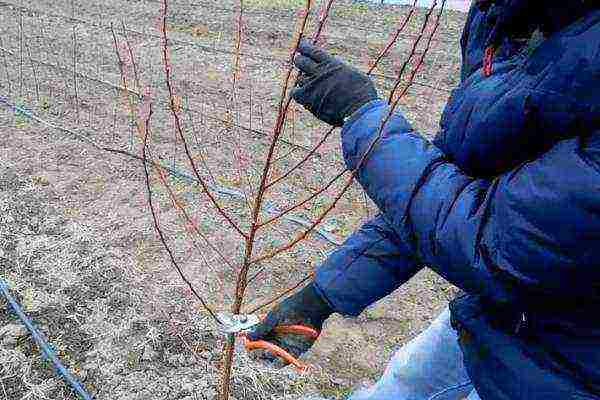
Second year
During this period, work on the formation of the crown continues and the main goal will be to set up new main branches.
To do this, perform the following actions:
- select a few more strong branches so that they are at a distance of 30 centimeters, both from last year's shoots and from each other. Then they are cut using the subordination method. The method of subordination in horticulture expresses the fact that the upper branches should be shorter than the lower ones;
- the length of the main conductor should be equal to 40 centimeters from the last branch growing to the side;
- those shoots that were formed last year are also pruned a little;
- shoots grown on skeletal branches per season are shortened, taking into account the individual characteristics of the variety. Thus, in rapidly growing varieties, they are halved, and in moderately growing varieties by 1/3.
Third year
In this period lay the last skeletal branches, while the work is carried out according to the following algorithm:
- the main work on the formation of the crown is carried out in the same way as in the second year of the life of the apricot;
- the only difference is that this time the conductor is not shortened, but removed completely;
- in addition, you need to take care of overgrowing branches, whose presence is mandatory on a healthy tree. For their formation, it is necessary to slightly reduce the branches that grow from the trunk, but are not skeletal.
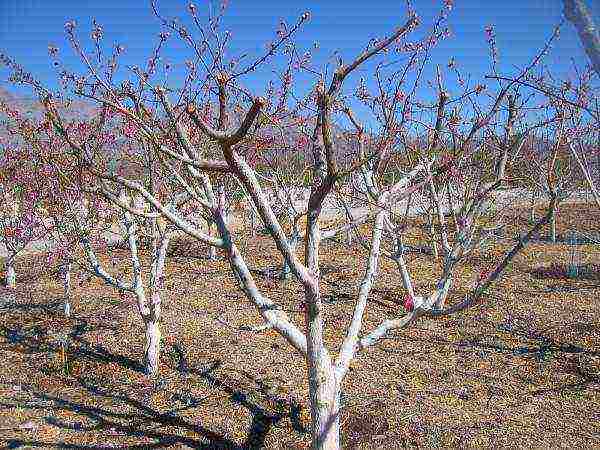
Fourth year
Since that time, the crown of the tree is considered to be formed.... In addition, it is at the age of four that many varieties begin to bear fruit.
From this period, for 3 years, pruning will be carried out only as a sanitary and recreational work.
Formative pruning of apricot:
Old apricot
In adulthood apricot needs rejuvenation every 3-4 years, because it is by this time that the old branches lose the ability to set fruits and need to be updated.
To rejuvenate an old apricot, you need to shorten several branches of the skeleton to a length of 20-30 centimeters.
If fruits are formed only on the distant parts of the tree, then in the spring, all skeletal branches can be completely exposed... By the summer, many young, fruiting shoots will appear on them.
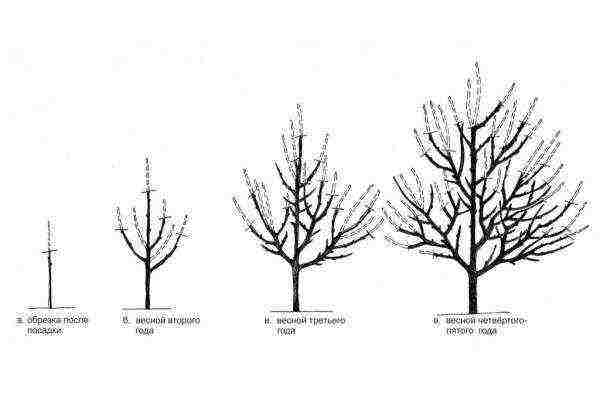
Features at different times of the year
Trimming may differ from each other depending on when it was done. In each period, there are several features that must be paid attention to.
Spring
In spring, the end of March-beginning of April is usually chosen.when the air is already relatively warm, and the sap flow has not yet begun.
During this period, the following types of work are carried out:
- crown formation;
- sanitary and supportive pruning.
The very first such work in the life of a tree must be done in the spring.
Otherwise, the apricot will spend a lot of energy on the restoration of diseased shoots, which will not have the best effect on the quality and quantity of the crop.
Spring pruning and spraying of apricots:
Summer
Such works are usually called "chasing" among the people. Usually they are carried out in late spring-early summer, the main thing is to keep within 10-15 June.
Summer pruning aims to rejuvenate the tree., which in turn will increase the amount of the harvested crop. The algorithm of actions for this procedure is as follows:
- young shoots that have formed in the current year are shortened so that their length is 20-30 centimeters;
- after 2-3 weeks, young shoots should appear, 3-4 of the most powerful shoots are selected from it, and the rest are removed.
By the onset of autumn, all the foliage on the tree should have already recovered, and the cuts should be tightened. Additional fruit buds will begin to form on the secondary shoots.
In that case, if for any reason the tree does not have enough moisture, these works should be postponed.
Otherwise, the apricot will weaken and take a long time to recover, while the entire positive effect of the procedure will turn into negative.
Summer pruning of apricots, in August:
Autumn
During autumn pruning, it is necessary to clear the tree of diseased shoots and restore the balance between fruiting and deciduous branches.
All fruit branches, except for skeletal branches, are cut to 1/3 of the length... It is also necessary to completely remove dry, damaged or diseased branches.
The best time for this kind of work is mid-October., moreover, if the weather is rainy or early frosts have come, it is better not to carry out the pruning procedure.
Good care after
After pruning, apricots especially need high-quality and complete care. In order for the tree to recover as soon as possible, it is necessary to carry out the following work:
- Places of cuts must be lubricated with a thin layer of garden varnish.
- With a large wound, it is treated with a solution of copper sulfate in order to further disinfect it.
- In order for the tree to have more strength for recovery, nitrogen, phosphorus and organic fertilizers are applied to the trunk circle.
Pruning apricots only seems very difficult at first.... After a certain amount of time has passed, all actions will begin to become a habit and their implementation will not require any special effort.
